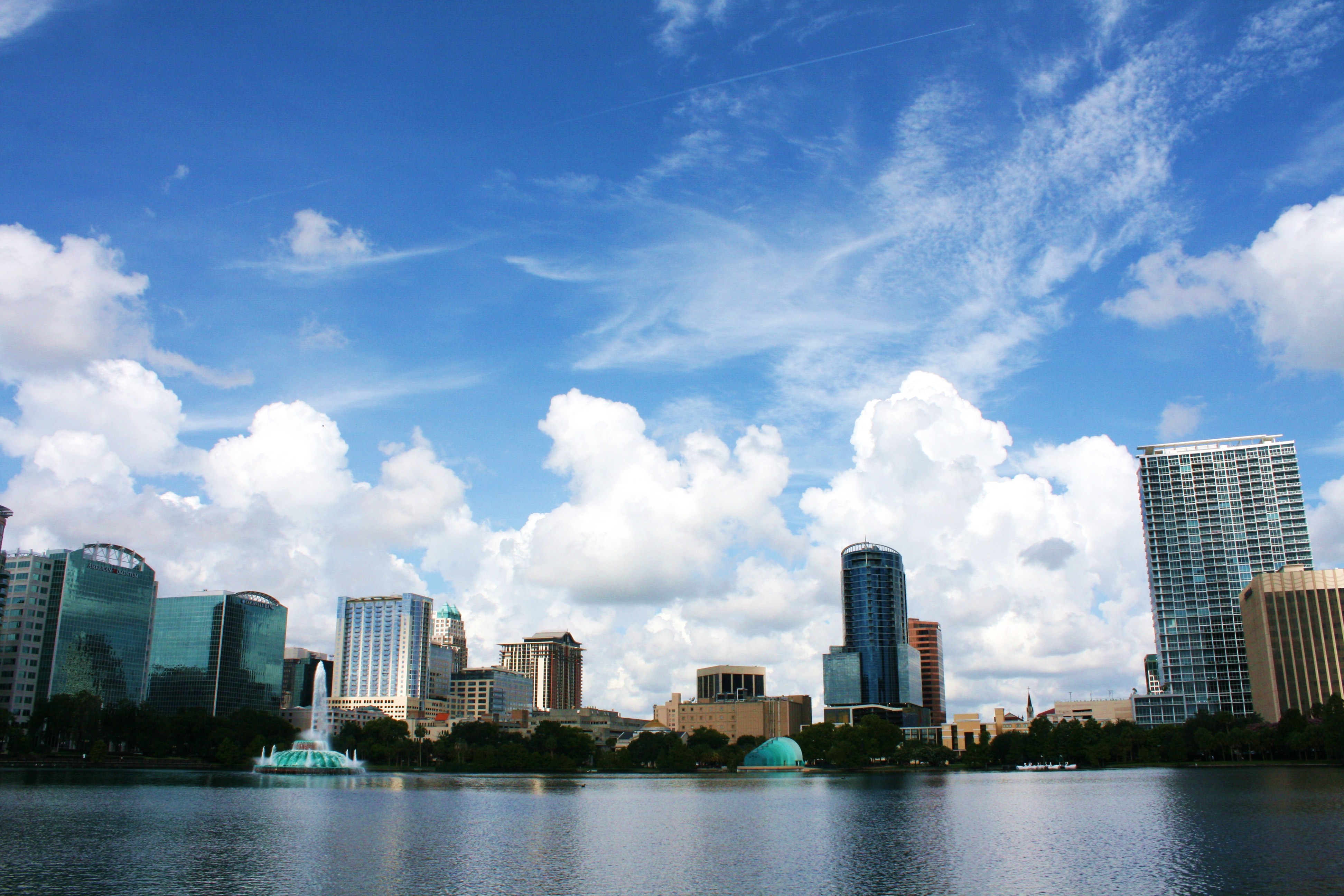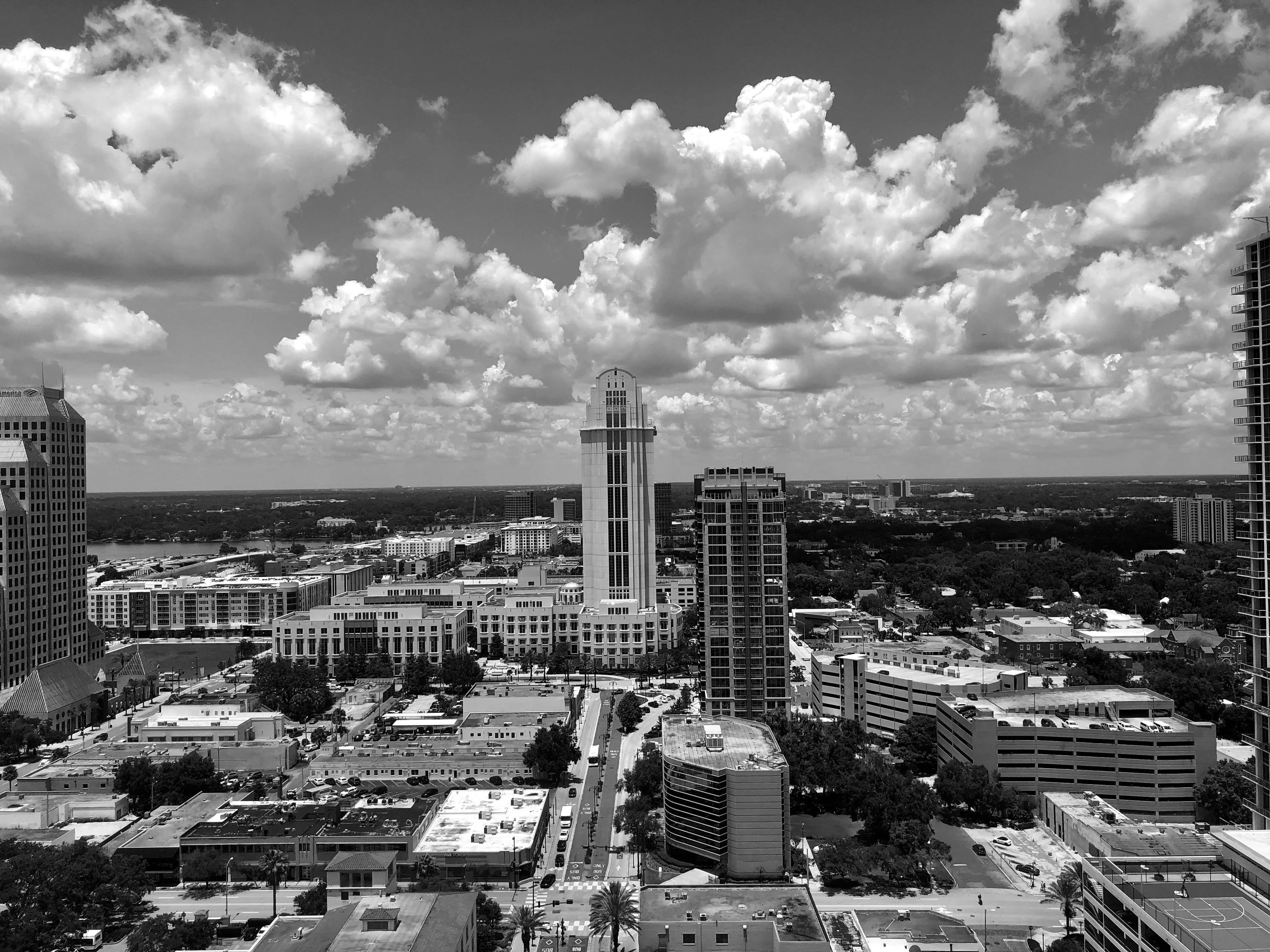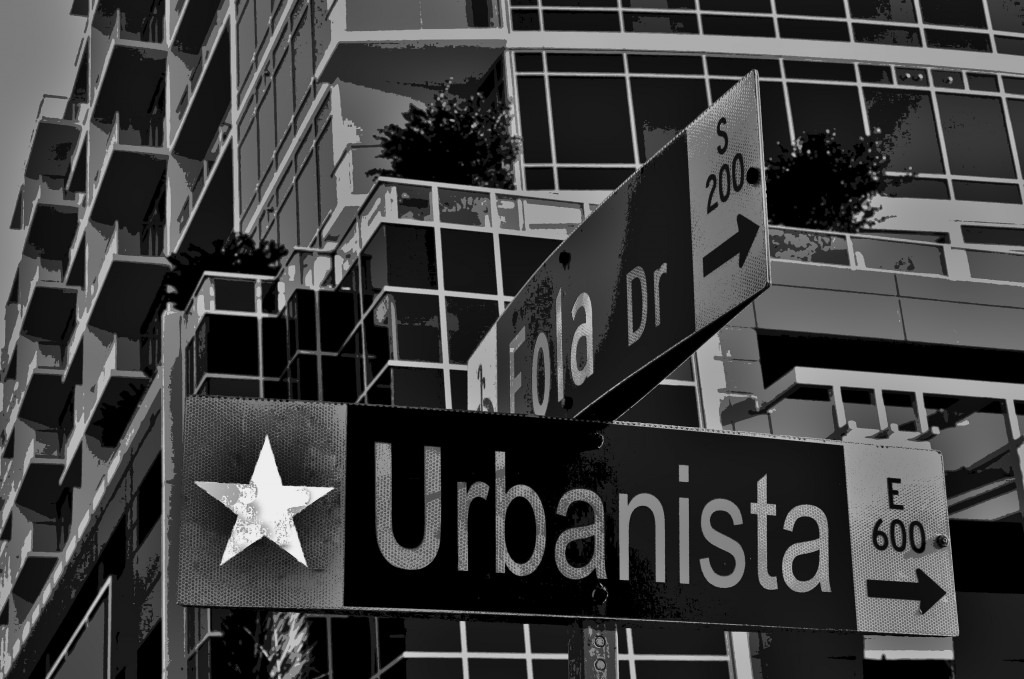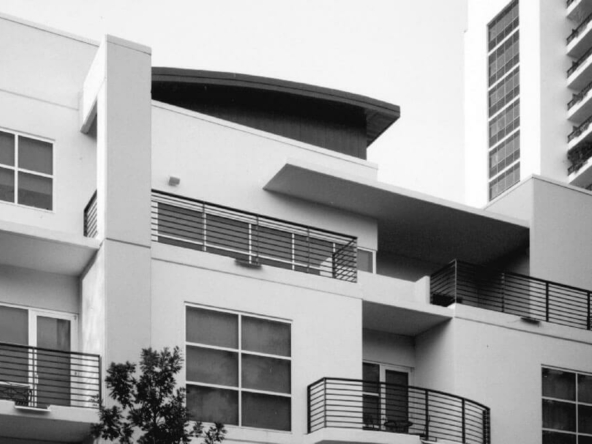Hedge funds, investors and institutional buyers continue swooping into Metro Orlando to purchase hundreds of bank-owned homes each month, even though the deals are not what they used to be.
Back in 2008, the country’s biggest lenders were discounting prices on their foreclosed homes by about 25 percent, compared with the properties’ market value. But by last year, those price breaks had shriveled to about 3 percent, according to national sales data compiled by the research company RealtyTrac Inc.
In four-county Metro Orlando, a RealtyTrac snapshot of more than 1,300 foreclosure sales in July and August revealed an average discount of 4 percent below the homes’ market value — only slightly more than what banks are shaving off repossessed homes nationwide.
“This is likely the result of home prices stabilizing and even increasing in many markets, along with a limited supply of bank-owned properties, giving the edge to the sellers,” said Daren Blomquist, a RealtyTrac vice president. “Unlike an individual homeowner selling his or her home, the banks are not emotionally attached to these properties or to a certain value that they think the properties are worth.”
The local price-slashing varies widely by lender and location, however.
Some Metro Orlando locales reported deep discounts in bank-owned homes — from 15 percent to 29 percent below market value, according to RealyTrac’s July-August sample. Those areas, which are disparate geographically and in terms of income levels, include:
Orlando’s 32806 ZIP code, an eclectic area between downtown and Conway.
Lady Lake, a haven for retirees in Lake County.
Orlando’s 32807 ZIP, with the working-class subdivisions of Azalea Park.
Maitland, a city of middle-class and lakefront neighborhoods.
Orange County’s 32818 ZIP code, which includes parts of the historically low-income Pine Hills area.
Discounts on bank-owned homes are important not only to deal hunters but also to other homeowners. Orlando’s housing market is so thin on for-sale listings that, although it could absorb more foreclosed homes without crippling property values, the market’s recovery could slow if banks slash prices to move their distress sales faster. And getting rid of properties quickly is attractive to lenders trying to minimize legal costs, homeowner-association dues, property taxes, repair bills and other fees.
Orlando real-estate broker Dean Asher, president of the statewide industry group Florida Realtors, said the market is moving in a direction that is conducive to investment groups armed with cash buying up multiple residential properties directly from large lenders. Homebuyers dependent on financing, he added, are having a difficult time competing for the bargains.
“Years ago, we would have gotten these [foreclosures] off the books and cleaned up” the market, Asher said. “We’re moving forward, but [banks,] they’ve been holding on to these assets, and as they’re tightening the discount, they are discouraging ordinary buyers.”
According to the Orlando Regional Realtor Association, the much-larger gap between prices paid for bank-owned homes and those paid in “normal” home sales has also been shrinking. For example, in the Realtors’ core Orlando market, the single-family homes sold by lenders had a median price of $90,000 — or 42 percent less than November’s conventional sales, which had a midpoint price of $155,048. A year earlier, in November 2011, the gap had been 46 percent.
Justin LaManna, a broker at Homevest Realty of Orlando, said the neighborhoods southeast of downtown Orlando are a good example of why some areas have big gaps between foreclosure sales and regular sales. Bank-owned properties in those areas have been selling for an average of $67 a square foot, while “normal” homes have sold for double that amount in recent weeks. The reason, he said, is that those neighborhoods have large, well-established houses that command top prices from would-be homeowners — but also smaller, two-bedroom rental properties that appeal mostly to investors.
The July-August foreclosure discounts reported by RealtyTrac also varied by lender, ranging from as much as 25 percent below market value for Deutsche Bank foreclosures to 4 percent above market value for homes repossessed by SunTrust Banks. The lending giant that sold the most foreclosures during the two-month period, Fannie Mae, discounted its properties by an average of 6 percent.
The Metro Orlando discounts reported by RealtyTrac for other large lenders included: U.S. Department of Housing and Urban Development, 12 percent; Chase Mortgage, 11 percent; Citi Mortgage, 8 percent; Bank of America, 5 percent; and Wells Fargo, 1 percent. Freddie Mac’s foreclosures sold for 1 percent more than market value during the two summer months.
“Properties at the low end of the market, typically the smaller homes, are in higher demand in today’s market, and so lenders with an REO [bank-owned] inventory that is more heavily weighted toward those low-end homes are able to sell at lower discounts,” Blomquist said.
Anthony Sanders, a former Deutsche Bank economist now at George Mason University’s Mercatus Center, said mortgage lenders have varying goals when reselling foreclosed properties — and federal officials have been pressuring the industry to ease bank-owned properties back on to the market in ways that won’t undo the economic recovery.
“Most people don’t realize that there are so many foreclosed properties on the banks’ books,” Sanders said. “They have to be very careful about releasing them, to prevent a price massacre.”




